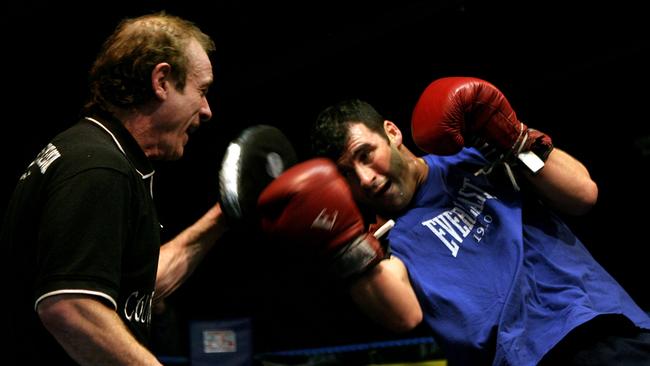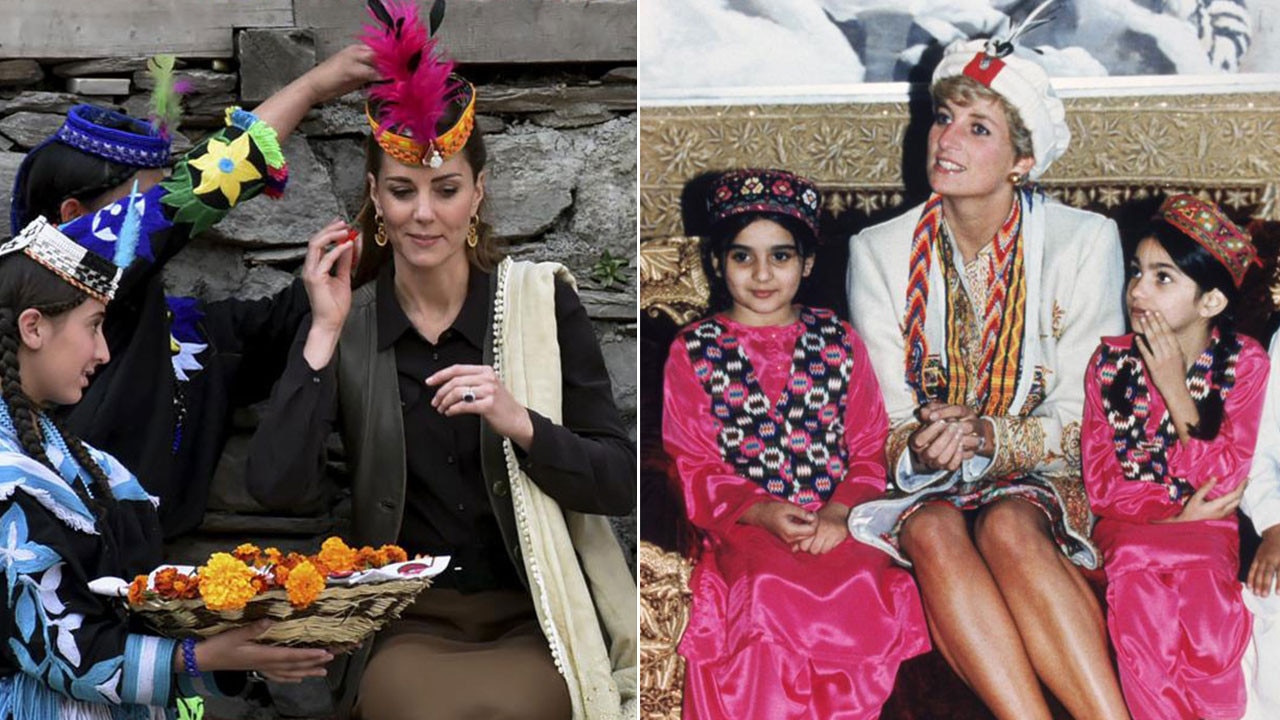How the greatest mentors turn sporting potential into success
A special bond between teacher and student is crucial.

It was a tin shed. No showers, no heating, scant equipment and, according to Ron Lewis, boxing correspondent of The Times, buckets dotted around to catch water flowing through leaks in the roof. Newbridge Boxing Club was, as they say, a bit of a dive.
Omega was much the same. A tiny prefab, holes in the floor, crumbling walls, a single table tennis table in the middle, but without much room to swing a bat, let alone risk a lob. The only toilet was a small expanse of grass at the back, not much fun in winter.
In Moscow, not far from Sokolniki Park, is another ramshackle sporting facility, this time a tennis club. To get there, author Daniel Coyle talked of walking past “an abandoned chess club, an abandoned amusement park, an abandoned factory and the smashed onion dome of what appeared to be an abandoned church”. Spartak Tennis Club has only one indoor court.
All these facilities have one thing in common, however. They incubated champions.
Newbridge was the club in south Wales where Joe Calzaghe, Enzo Maccarinelli, Gavin Rees and Nathan Cleverly were converted from raw promise into world-beaters.
Omega transformed a single postcode in suburban Reading into a Mecca of table tennis. At one point in the 1980s, six national champions lived on a single street.
Spartak Tennis Club — a place so cold that the kids wore coats when the heating was on the blink — produced Yevgeny Kafelnikov, Anna Kournikova, Anastasia Myskina, Marat Safin and his sister, Dinara.
As Coyle writes: “At the end of 2001, Russia had one woman (Elena Dementieva) in the WTA Tour’s top 30. By the start of 2007, Russian women accounted for fully half of the top 10.”
I could mention dozens more of these impoverished hotbeds, clubs conspicuous not for what they had but for what they lacked. For they hint at an important truth in sport, and life. The power of a facility is contained not in bricks and mortar but in hearts and minds. For each of these clubs had another, more important thing in common: men and women who understood how to unlock the potential in young people.
The idea for this column was inspired by the beautiful letter written by Calzaghe to his father Enzo, who for many years was head trainer at Newbridge and who died two weeks ago. Like everyone who met Enzo, I could see a maverick, an eccentric, a raconteur. Yet I could perceive a man who cared deeply about young people and had the vocational drive to inspire them.
Joe wrote: “You were my teacher, mentor and will always be my hero. You picked me up when I didn’t believe in myself, and you made me believe. Without you nothing would have been possible … You supported me through the highs and lows and taught me how being a great dad should be … I love you always and forever dad.”
Maccarinelli says: “He had that knack of earning your respect. “He was able to get the extra 10 per cent out of you, whether you were running, on the bag, sparring or in a fight.”
At Spartak, the animating presence was Larisa Preobrazhenskaya, an elderly coach, who was Soviet singles champion in 1955. Coyle describes a formidable woman with an amused expression who “wore her authority lightly, radiating a grandmotherly twinkle behind hooded eyes”.
At Omega, it was Peter Charters, who gave up his time unpaid to coach, mentor, inspire and act as a second father to dozens of youngsters. He changed our lives.
In his seminal study on schools, John Hattie analyses educational outcomes around the world. At the time, most people assumed the key factors driving variation were class size, streaming and school uniforms. In fact, one factor eclipsed all others: teacher quality.
As Eric Hanushek, a researcher at Stanford University, told The Economist: “No other attribute of schools comes close to having this much influence on student achievement.”
Hattie’s research demonstrates that schools, like sports clubs, are quintessentially human institutions. The buildings are not unimportant. We want schools with decent facilities and access to books, just as we want sports clubs with roofs, balls and rackets. But these tangible artefacts are inert without a coach to add spark, without an Enzo, Pete or Larisa to imbue them with meaning.
I am not a huge fan of the soccer coach that Jose Mourinho has become but was struck by the way Frank Lampard described his modus operandi in those early days at Chelsea. “He created a real family atmosphere and that was as magical as any of his tactical talks,” Lampard said last month. “With the majority of the squad he formed a very strong bond, on and off the pitch.” Lampard mentioned that Mourinho had got in touch last month to congratulate him on the birth of his new baby.
Can there be any doubt that Mourinho’s early success was partly due to supreme mentoring skills? It is surely not coincidental that he started out as a PE teacher working with children with Down syndrome.
He has said: “I wasn’t technically ready to help these kids. I had success only because of one thing, the emotional relation established with them. I did little miracles only because of the relationship. Affection, touch, empathy — only because of that.”
I love that quote, for it captures much about the art of mentoring. It is not just about knowledge of the coaching manual but the intangibilities of human relationships. Great teachers inspire “little miracles”, helping youngsters to reach their potential not just as students but, far more important, as people. This takes the deepest kind of empathy: putting themselves in the shoes of their charges, seeing the world from their perspective, for it is only then that they can find the words and metaphors to inspire.
“Do not train a child to learn by force or harshness; but direct them to it by what amuses their minds, so that you may be better able to discover with accuracy the peculiar bent of the genius of each.” So said Plato, who was taught by that most celebrated of teachers, Socrates, before mentoring Aristotle. Together, they transformed Western civilisation.
Enzo Calzaghe grasped this truth, as did Charters, Preobrazhenskaya and thousands of others, often unsung, who have changed lives for the better. Buildings and facilities may be valuable, but mentors are priceless.
The Times



To join the conversation, please log in. Don't have an account? Register
Join the conversation, you are commenting as Logout